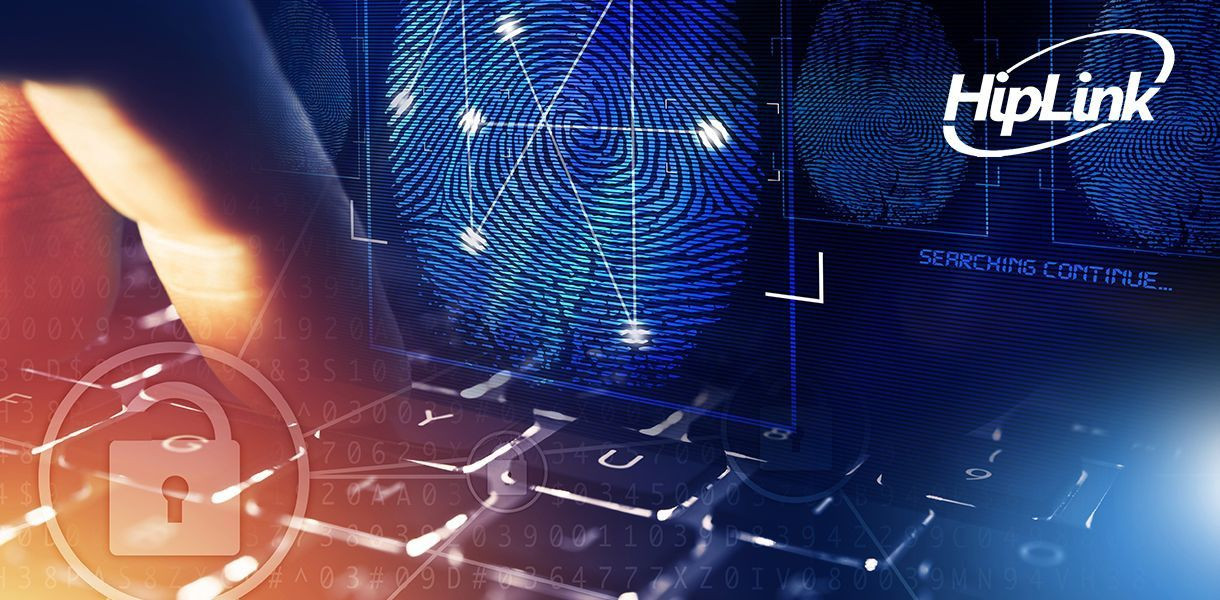Government security generally refers to the measures and protocols implemented by a government to protect its citizens, infrastructure, and assets from various types of threats, including physical, digital, and cyber threats. Continuous monitoring and security vigilance is necessary to protect this highly sensitive data throughout generations. Government security measures can include everything from border security and intelligence gathering to cybersecurity and disaster management.
Examples of cybersecurity initiatives and monitoring can include implementing firewalls, intrusion detection systems, and other monitoring software. Conducting regular security assessments and audits to identify and mitigate potential vulnerabilities. Keep reading to find out more about potential risks and how to effectively render continuous monitoring.
Rising Tide of Security Risks Facing Governments
Governments face a wide range of security risks, both physical and digital. Physical security risks include threats from terrorists, criminals, and foreign adversaries. Digital security risks include cyberattacks from malicious actors who are trying to gain access to sensitive data or disrupt critical services. Digital security risks are becoming more concerning all the time with greater international connectivity and the number of skilled threat actors increasing exponentially.
In 2018 there were an estimated 3.5 million cybersecurity professionals worldwide. This number is projected to increase by more than one million each year until it reaches 6 million in 2023. There is still high demand even with a doubling of professionals in less than half a decade because institutions cannot keep up with the volume of threats appearing.
Governments must be prepared to respond to these threats with appropriate security measures, such as physical security systems, cyber defense systems, and emergency response plans. In addition, governments must be vigilant in monitoring their security systems and responding quickly to any potential threats.
Continuous Monitoring Makes the Difference
Continuous monitoring is an important tool that can help governments address a variety of security threats. Governments can ensure that current security measures are up-to-date and functioning properly by constantly monitoring security protocols and networks. These endeavors would include ensuring that security protocols are in line with guidelines from regulatory agencies and industry standards and regularly reviewing security logs to detect any suspicious activity. There should also be immediate notifications available should an incident occur.
Continuous monitoring can also help governments identify weaknesses in their security networks. Routine monitoring and scans are the best defense against some of the biggest weaknesses in information technology, such as:
-
outdated software
-
weak passwords
-
malicious software
Only after discovery can a team then take action to patch any vulnerabilities or strengthen security measures.
Obviously, continuous monitoring can help governments prevent malicious activity. By monitoring networks for suspicious activity or malicious actors, governments can quickly identify and shut down any attempts to gain unauthorized access to their systems or networks. They can also better predict and prepare for potential threats using insights gained during monitoring routines.
Monitor Continuously and Plan Accordingly
Continuous monitoring is an important tool for governments to maintain the security of their systems and networks. The benefits of implementing continuous monitoring include increased visibility and resilience, timely alerts for unusual activity, and cost savings. There are also challenges associated with continuous monitoring, such as the need for specialized staff, sufficient resources, and an effective response plan.
Despite these challenges, continuous monitoring is an essential part of government security. By constantly monitoring and scanning for potential threats, governments can quickly detect and respond to any suspicious activity, as well as identify and address any potential weaknesses in their security networks. This helps governments ensure the security of their systems and networks and minimize any potential damage from a security incident.
Don’t wait for disaster to strike to find out if your team can stay connected in an emergency! Contact Hiplink today! They have nearly 30 years of experience providing enterprise applications to automate and accelerate organizations’ ability to respond to urgent, important, and time-sensitive situations in order to better ensure human safety and business continuity.



